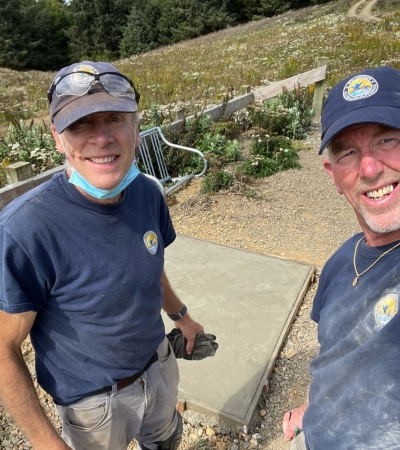Facility
Location
360 Smith Rd.
Shirley, NY 11967
United States
Volunteer Position Overview
About This Position
Volunteers are needed to assist in operation of the Long Island National Wildlife Refuge Complex Visitor Center and Nature Store, located in Shirley, NY. If you like interacting with people, both young and old, this is the volunteer position for you!! Volunteer duties include: meet and cheerfully greet visitors; provide area and refuge recreation opportunity information; give orientations to the work of the U.S. Fish and Wildlife Service and the National Wildlife Refuge System; assist visitors with refuge rules and regulations; concisely explain the refuge entrance fee options; answer telephones; answer visitor questions; respond to visitor correspondences; distribute brochures; and restock brochures. These duties provide volunteers with the opportunity to reach diverse groups of people with a knowledge and appreciation of the environment and the National Wildlife Refuge System.
Thorough training in all aspects of visitor center operation is provided to new volunteers. New volunteers will be paired with experienced volunteers at first. Knowledge of Long Island is beneficial but not necessary.
1-2 volunteers are needed for each shift.
Stories About Volunteering
Other Ways to Work with Us
Are you looking for something different than a volunteer opportunity? The Fish and Wildlife Service employs around 9,000 people nationwide and offers great internship opportunities every year.








